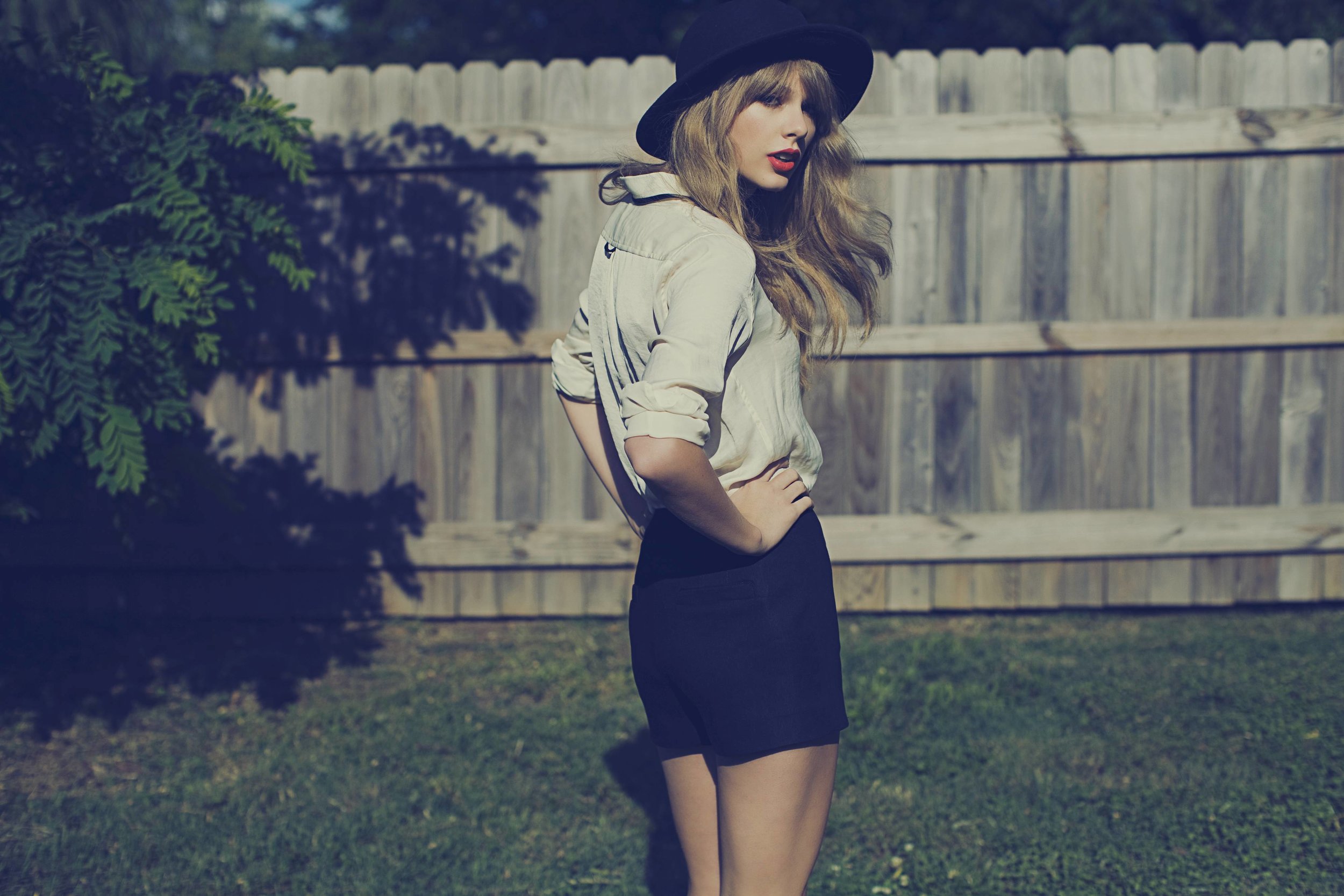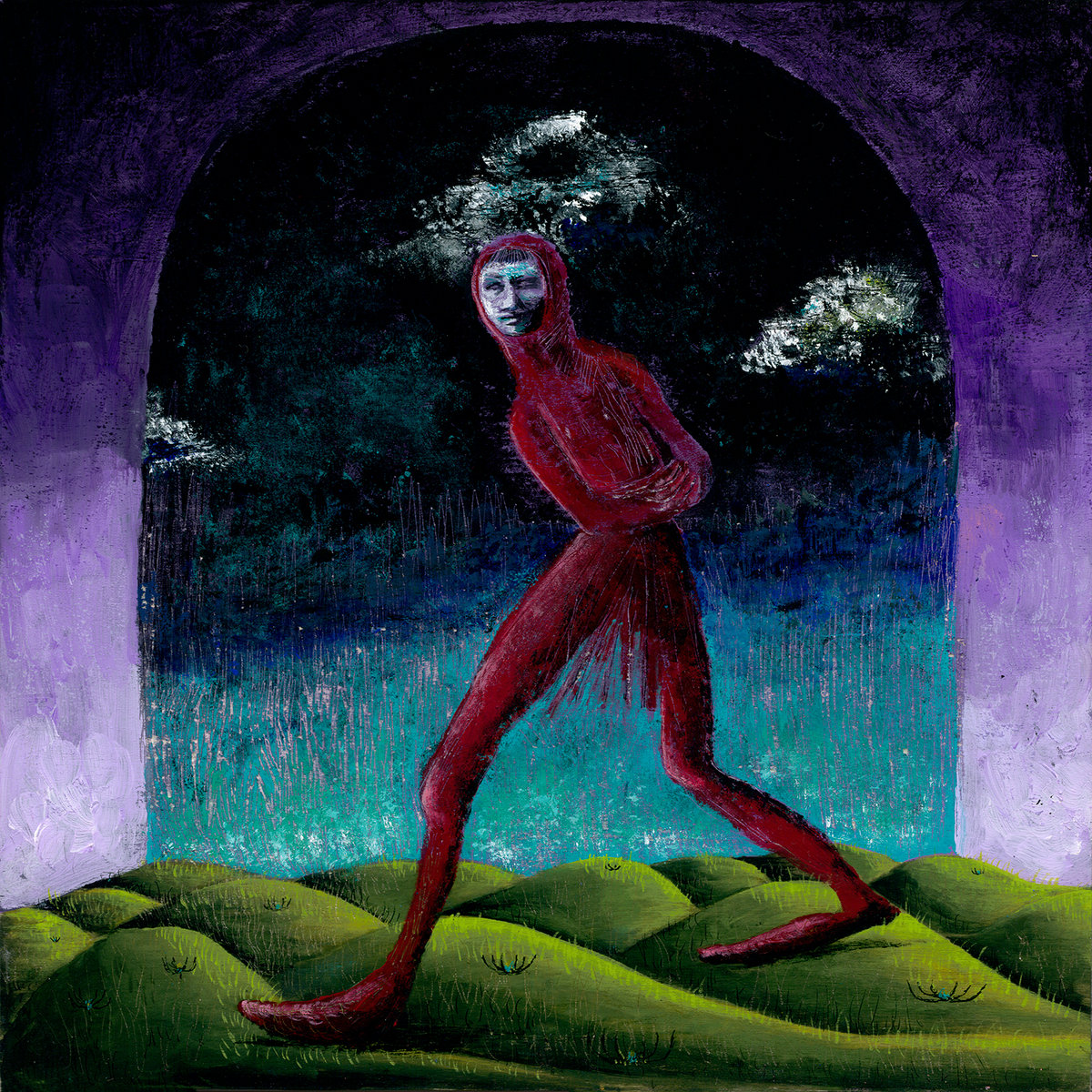Taylor Swift, Musical Expectations, and Pre-workout Traditions
/I’m a fucking weirdo. This blog (for better or worse) is a place for me to dissect my taste and the bizarre associations that my mind has created over 23 years. This particular post covers a quirk so weird that I can just say it straight-faced and it will be hilarious: I listen to Taylor Swift before I hit the gym. Yup.
As previously discussed, I am a creature of habit, and now Taylor Swift is as seasonal as pumpkin pie. What initially started as a morbidly ironic interest slowly morphed into genuine love which has now mutated into a nostalgic tradition that I’m as embarrassed by as I am perplexed. A second recurring theme I’m discovering through writing here is me thinking that I’m too cool or hardcore for whatever is currently popular. I first heard of Taylor Swift in 2009 as “Love Story” was capturing the hearts and minds of teenage girls and emotionally-stunned women across the nation. I dismissed the song as pop trash, shook my head and went back to whatever inaccessible metal I was listening to at the time.
Aside from my unwavering dismissal of all pop music during this period, I also disliked the fact that this particular song lived in such a gray area between pop and country. It was a milquetoast bastardization of two genres that I actively hated. Why I wasted so much mental energy on this type of negativity is beyond me, but I’ll retroactively chalk it up to aimless teenage frustration. What I didn’t know in 2012 was that Taylor Swift’s Red represented her first direct movement towards pure pop music and away from her country(ish) roots.
I, like the rest of the general populace, was first exposed to Swift’s “We Are Never Ever Getting Back Together” in the fall of 2012 as the song rapidly reached saturation point. I first heard the track through the hilarious Who Charted Podcast in which two comedians discuss the most popular music and movies of the past week. As the hosts ramped up to throw to the song my skin started to crawl. I knew what was coming, and I knew I wasn’t going to like it. I braced myself for the worst… then the song started. I loved it. I went in with my cochlear-guard up and ended up being disarmed by the song almost immediately.
At the end of the day, Taylor Swift is just pop music. Her job is to make something catchy that’s inoffensive and immediately appealing. So why did I like this when I was so against her music before? I think it all came down to expectations. Time and time again I’ve been disappointed by albums that I’ve mentally hyped up for months. I’ve also ended up absolutely adoring releases that I’ve gone into expecting way less after seeing negative reactions online. It just goes to show how much preconceived ideas, negativity, and the Internet in general can infect art. On one hand, it’s hard to not have expectations about something you’re looking forward to, but on the other hand, if your bar is too low or too high you risk being way off base and coming out disappointed.
At any rate, I went into this Taylor Swift song expecting a shiny plate of pop dog shit but ended up becoming absolutely hooked. The crisp opening note made me perk up. The half-reversed guitar riff made me listen even harder. Then Swift entered delivering a saccharine (but biting) line in a half-sung valley girl voice. Behind all this, a steady drum beat was carrying the song forward with an unstoppable momentum. A bouncy bass enters just before Swift sings the pre-chorus, and then the beat explodes as the song’s soaring chorus begins. After the second sarcasm-laden verse about her indie music elitist ex-boyfriend, the second chorus starts, and everything comes together instrumentally as Swift belts the title of the song out at the top of her lungs. By the third chorus, a subtle banjo enters the mix and Swift’s double tracked vocals begin interacting with each other while still echoing the same sentiment. “We Are Never Ever Getting Back Together” is a near-perfect shining example of the euphoric highs that pop music can achieve. Beyond that, it’s also a middle finger pointed directly at shitty exes, hopeless relationships, and pointless fights. It’s cathartic.
Later on in the same year, Swift released “I Knew You Were Trouble” as a follow-up single, and (it’s embarrassing to say, but) that song completely dismantled any other remaining reservations I had about Swift and pop music in general. It’s a very “2012 song” in that it’s loosely dubstep influenced with a wavy electronic sound and a beat drop near the end of the chorus. But this is the song that made me realize pop didn’t have to be (and couldn’t be) placed in the box that I’d previously created in my head. I’ve already discussed my love for 2006 pop music, but Taylor Swift (combined with the frank pop music discussion on Who Charted) gave me a newfound appreciation for the genre. Up until this point, pop music had never been something I’d actively searched out, but Swift single-handedly changed that.
I’m not quite sure how it first started, but one day I just happened to be listening to “We Are Never Ever Getting Back Together” on the way to the gym and discovered that I had subconsciously memorized every word. Whoops. The only time I felt comfortable flexing this embarrassingly extensive knowledge was in the privacy of my car. I could sing. I could sing as loud as I wanted and let muscle memory carry me and my car towards the gym. Immediately after, I followed that song up with Weezer’s “El Scorcho” presumably to check that my previous musical taste remained intact.
From there I simply reinforced my own tradition. I listened to “We Are Never Ever Getting Back Together” chased with “El Scorcho” for weeks upon weeks. Aside from knowing all the words to both songs, something about the (not-so-subtle) middle finger Swift was pointing towards her ex in that song drove me. The song was bouncy and light enough to pump me up, but still bitter and resentful enough to motivate me.
I’d start to interchange “Back Together” with “Trouble” after a few months, but I ended up burning myself out on both songs sometime around the beginning of 2013. I moved onto other songs because I realized it was actually helpful to make a song or two my pre-gym soundtrack since it got me into an irreversible mindset that could only be satiated by hours of cardio.
But from that point on I paid attention to Swift. Her fifth album and full-pop crossover 1989, her collaboration with Kendrick Lamar, Ryan Adam’s unironic cover of 1989, and Father John Misty’s (wholly ironic) Lou Reed covers all made their way onto a dark (but happy) pop corner of my phone. Swift has since gone on to reveal herself as the pop-music equivalent of the popular girl who acts nice in person then talks shit behind your back. This recent feud with Kanye West and camp Kardashian combined with her breadcrumb trail of exes and her feuds with other pop artists all seem to confirm the hypothesis that Swift is a snake and a liar who is likely playing the “America’s Sweetheart” card for album sales… but sometimes you have to separate an artist from their art.
I’m a fan of Swift because she’s made some incredibly catchy and well-produced pop songs. When you say “pop music” in 2016, it’s likely that 9/10 people would say “Taylor Swift” and I think that is motherfucking impressive. The two songs that sparked this, (like many others) are irrevocably tied to the fall/winter season and now serve as massive heaps of nostalgia fuel for me. I’ll still bust out that old pre-workout playlist to get me pumped up every fall, and Swift has become another in a long list of fucking weird bizarre traditions I’ve created for myself that make zero sense on their own. Whether a thirteen-year-old boy obsessively watching VH1, or a 20-something singing Taylor Swift to his steering wheel on the way to the gym, I’m a fucking weirdo. But hey, Taylor Swift: thanks for all the burned calories.












